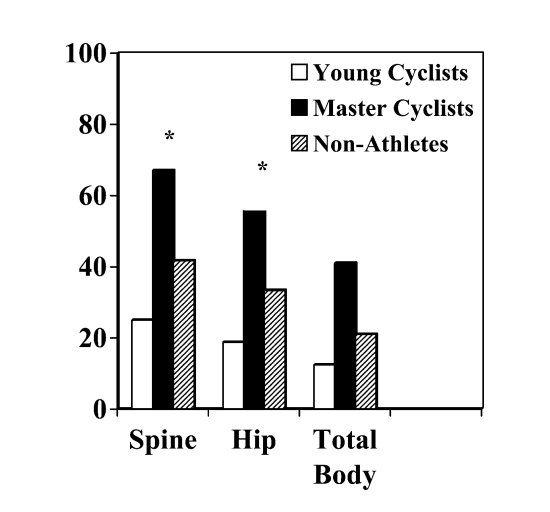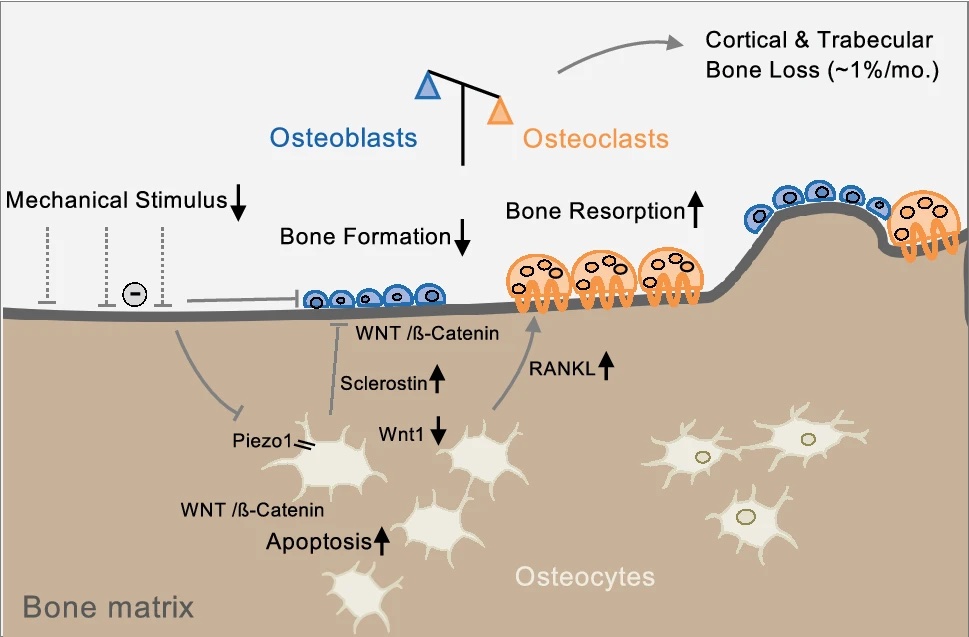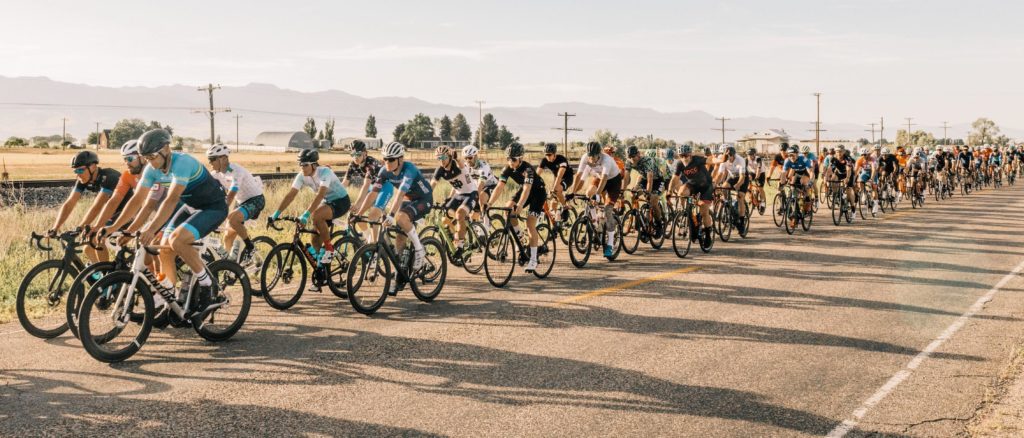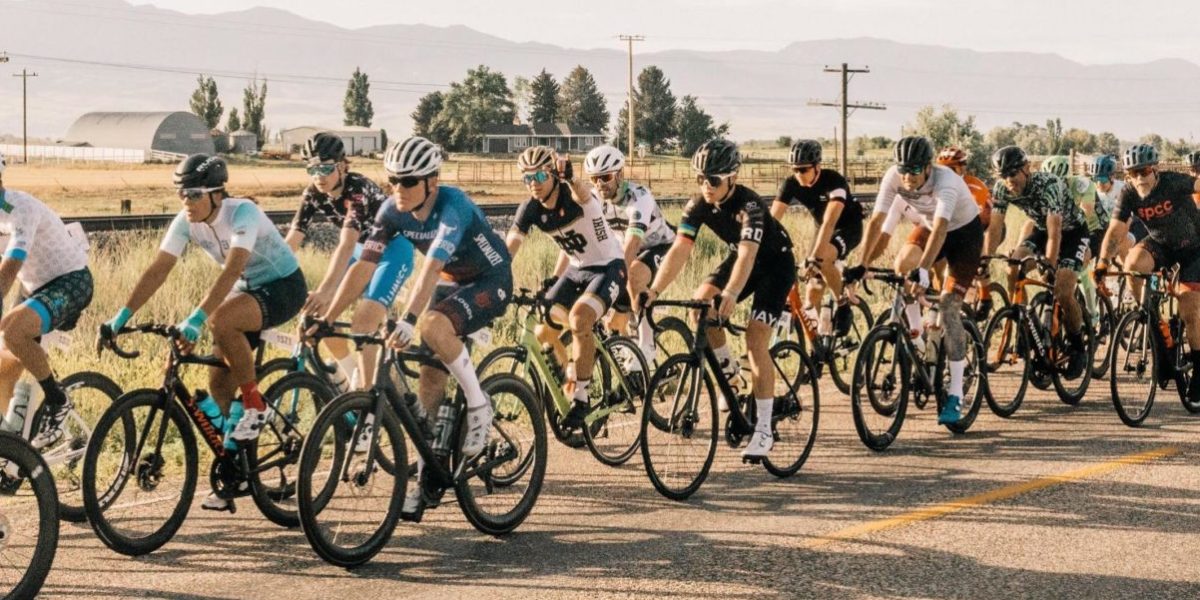Athletes often are pestered about the importance of cross training by coaches and trainers alike. Football players work on flexibility through ballet. Runners, who primarily train in forward movements, practice calisthenics to build up their lateral strength. Similarly, cyclists are encouraged to participate in some contact-related activity. These are all good reasons for why athletes should cross-train, but will something actually happen if they refuse to cross-train? It’s crossed every athlete’s mind, from professionals to enthusiasts: “What’s the worst that could happen?”.

Well, according to a study conducted by Nichols et al comparing Master’s level cyclists to age-matched “non-athletes”, a lack of impact and mechanical loading during cross training causes decreased bone density, eventually leading to osteoporosis. Masters cyclists are cyclists are 35 years or older, and many are former professional cyclists. The older riders, who are around 50 years old, completely devote themselves to cycling, clocking over fifteen hours on the bike. If they are not biking, they are most likely resting and avoiding any strenuous activities. This lack of mechanical loading that can occur for more than 20 years, depending on the master cyclist, leads to a critical loss of bone density. In fact, this study found that more than two-thirds of the Master level cyclists possessed osteopenic (low bone density) or osteoporotic lumbar spines and hips. Given that cycling is a high risk sport in which athletes can crash while moving more than 20 mph, this lowered bone density puts Master cyclists at a greater risk for injury, like fractures.
Mechanical loading, or physical strain on the body, has long been understood as crucial for bone development, particularly in growing kids. Receptors in the bone known as osteocytes, mature bone cells, receive information from the environment. When the body is mechanically loaded, osteocytes activate bone building cells known as osteoblasts to build more bone. Osteoclasts, bone cells which break bone down for nutrients, are also inhibited by osteocytes This mechanotransduction pathway mediated by osteocytes helps build new bone, making the body stronger and able to resist greater stresses in the future.
The reverse can also happen! In response to mechanical unloading, osteocytes can trigger the upregulation of osteoclasts and downregulation of osteoblasts. Sclerostin is a signaling protein secreted by osteocytes in response to the lack of loading and inhibits osteoblasts. Mechanical unloading also causes osteocyte apoptosis, or cell death, releasing signal factors that upregulate osteoclast activity. The combination of increased bone resorption caused by osteoclasts and lack of bone building activity by osteoblasts eventually leads to decreased bone density.

This decreased bone density caused by mechanical unloading is characteristic of a condition known as “disuse osteoporosis”. Disuse osteoporosis occurs when people fail to regularly use their body and can and is most often seen in bed-ridden hospital patients. It’s also a major concern for astronauts who constantly experience weightlessness. Cyclists who only bike without any other contact-related cross training are at a higher risk of developing disuse osteoporosis in their lower back and hips. In the case of cyclists, cross-training is critical for long term bone health, and the lack of such training will cause some serious problems. To the older riders out there, start doing some jumping jacks. Impact exercises like box jumps, burpees, jump rope, or really any jumping related exercise will help keep your bones healthy.

